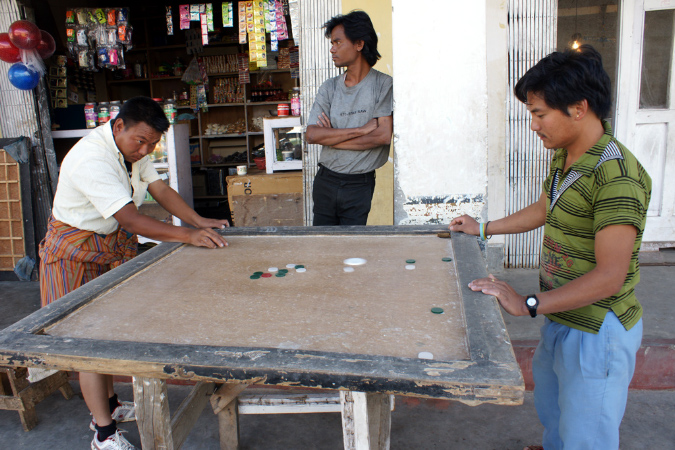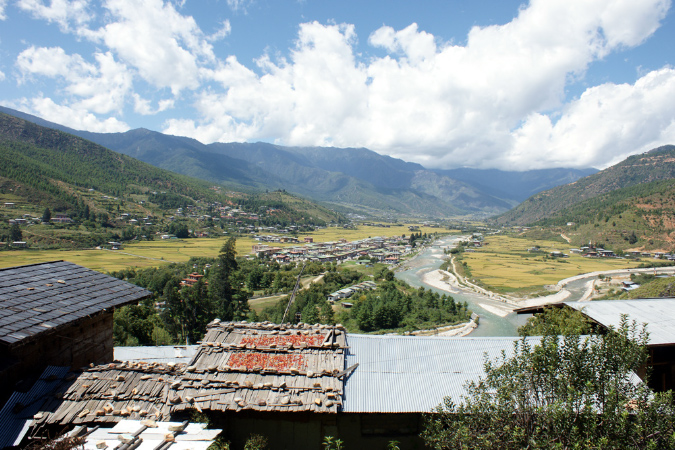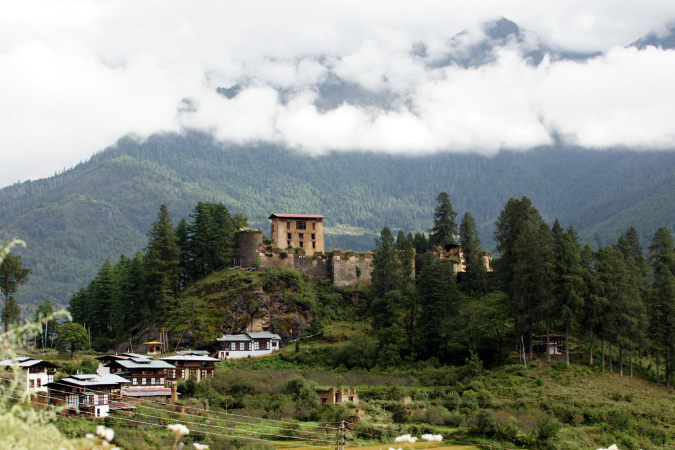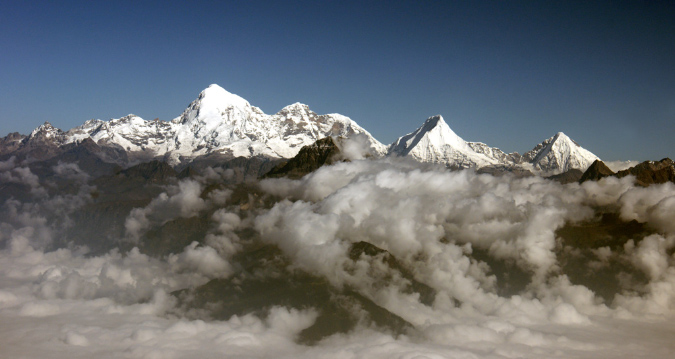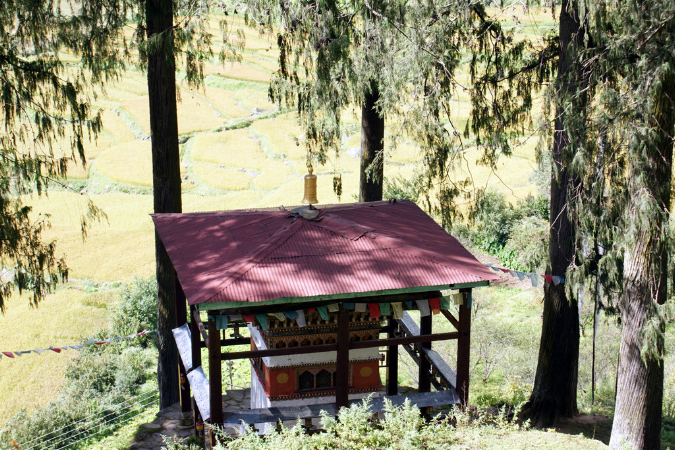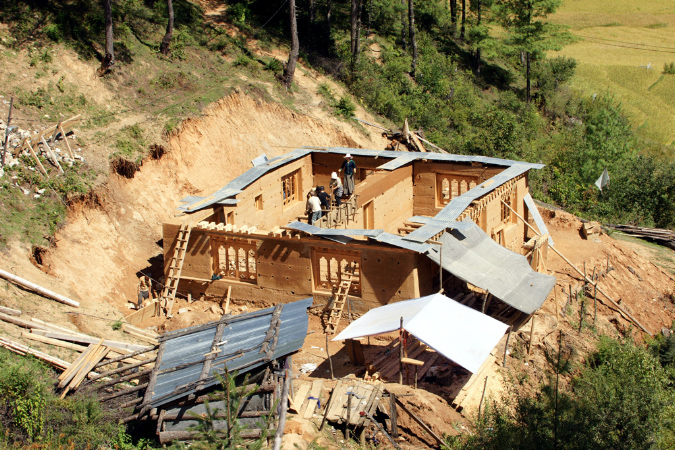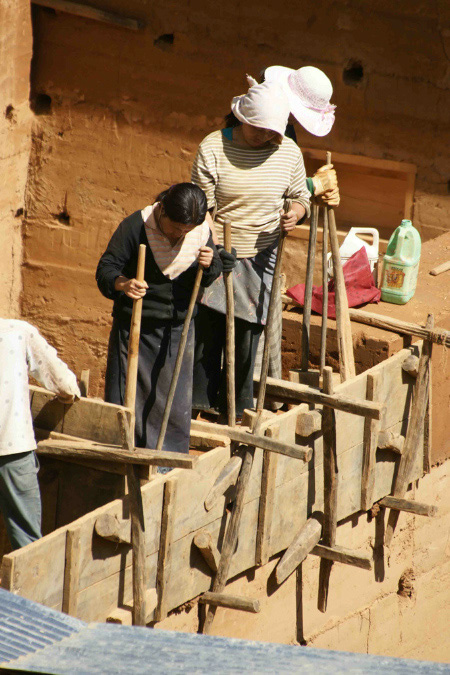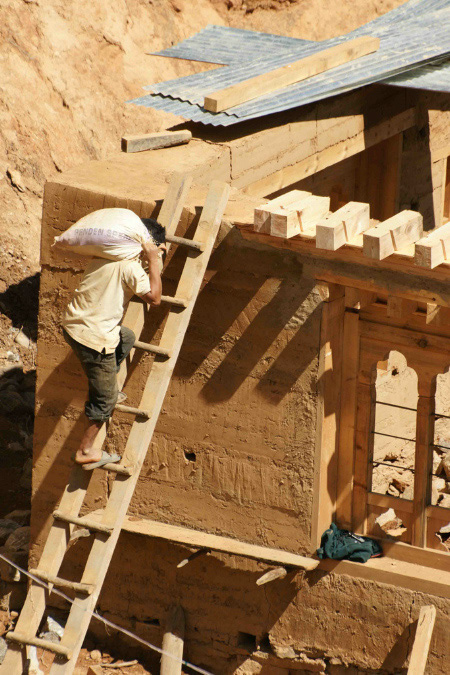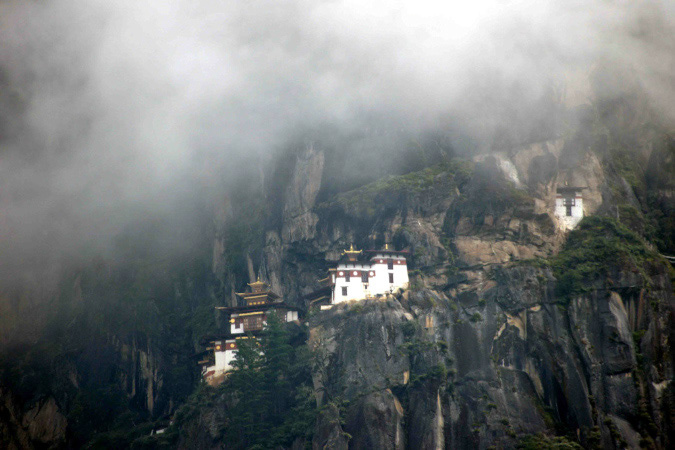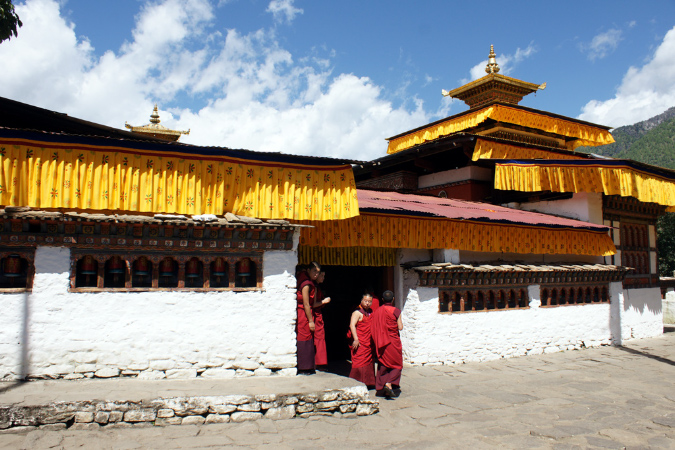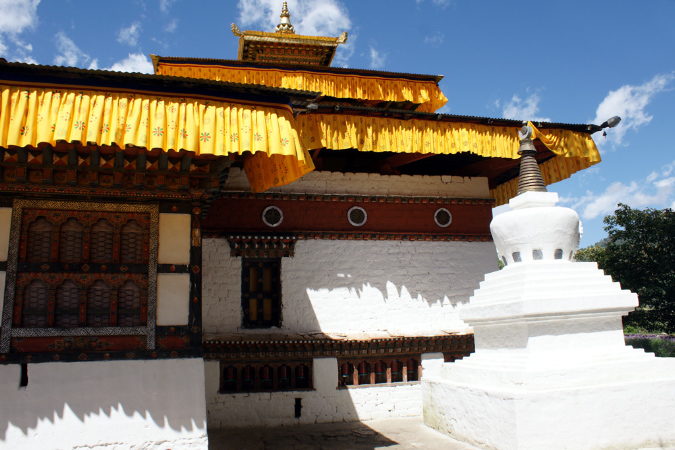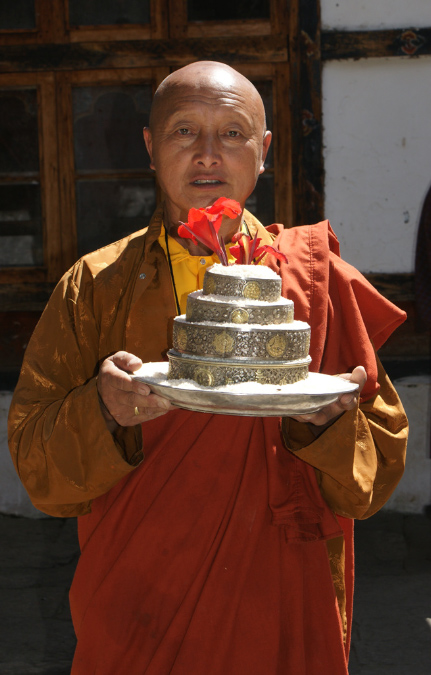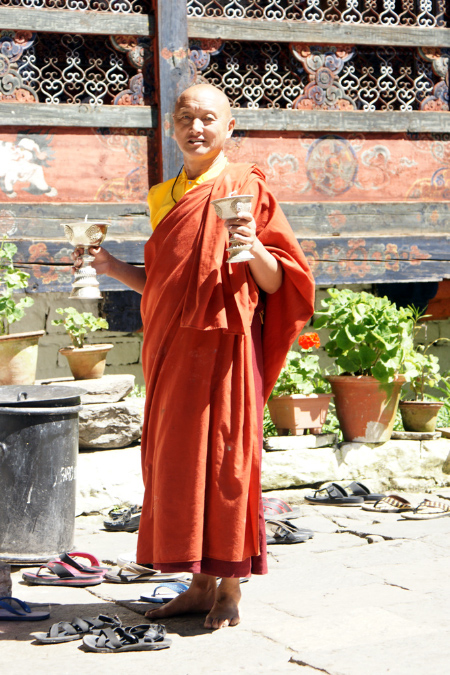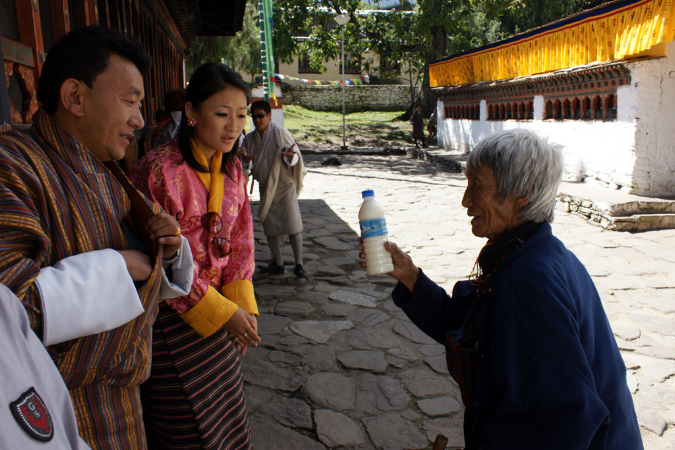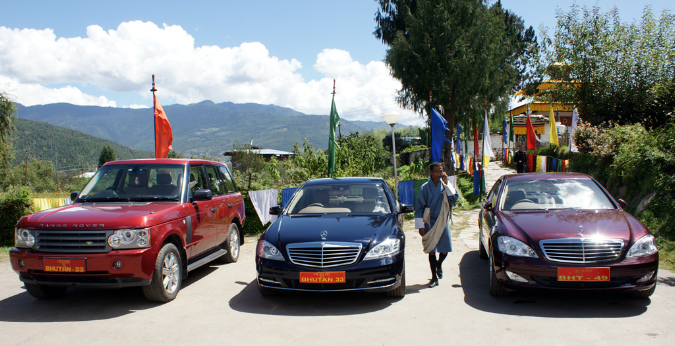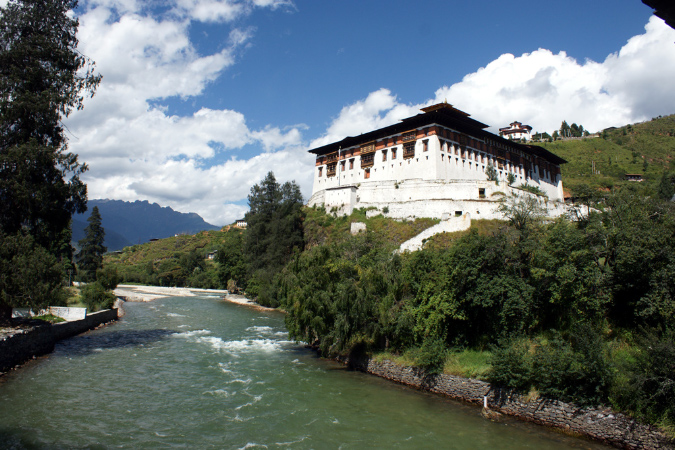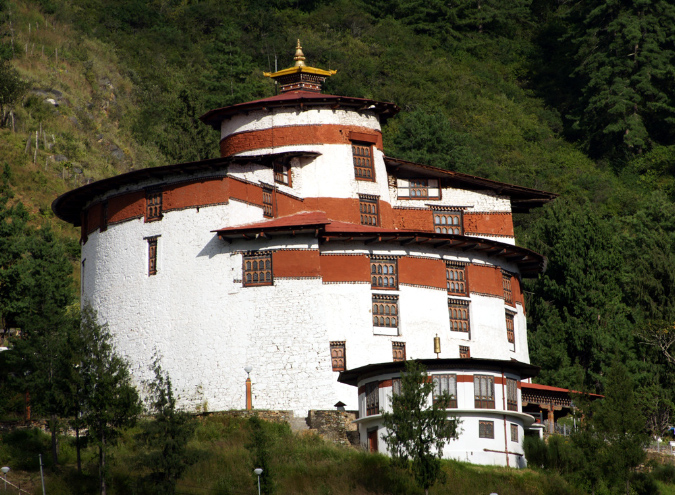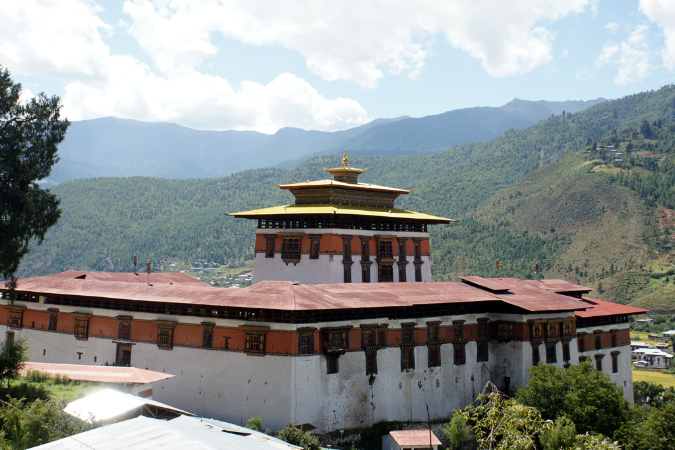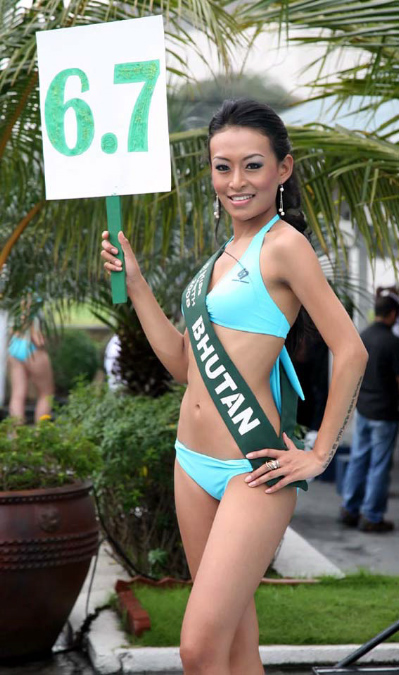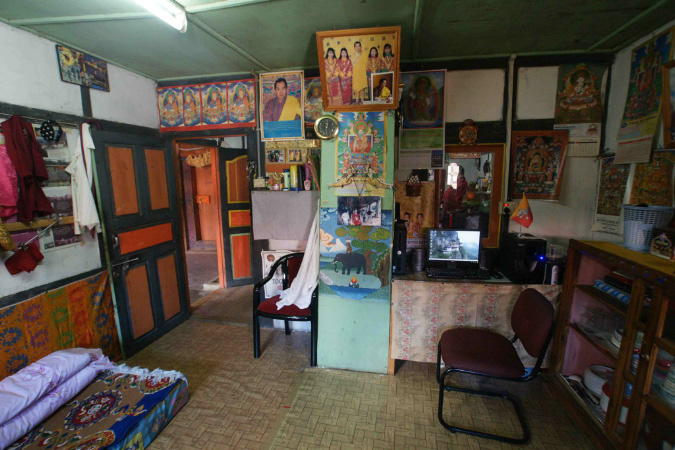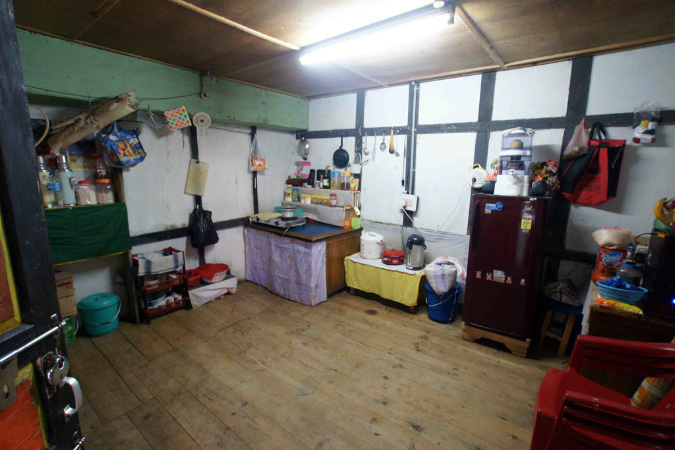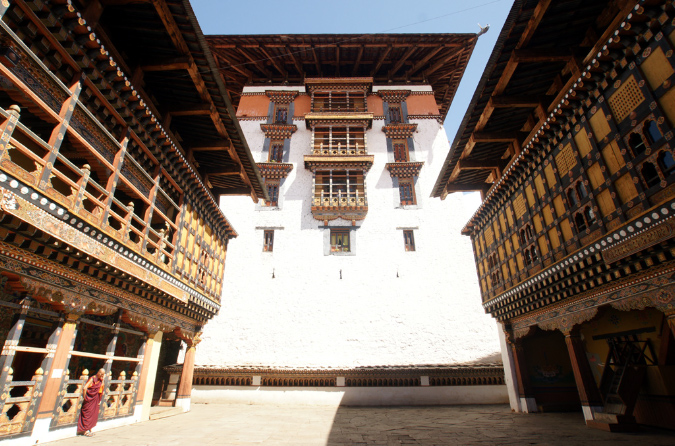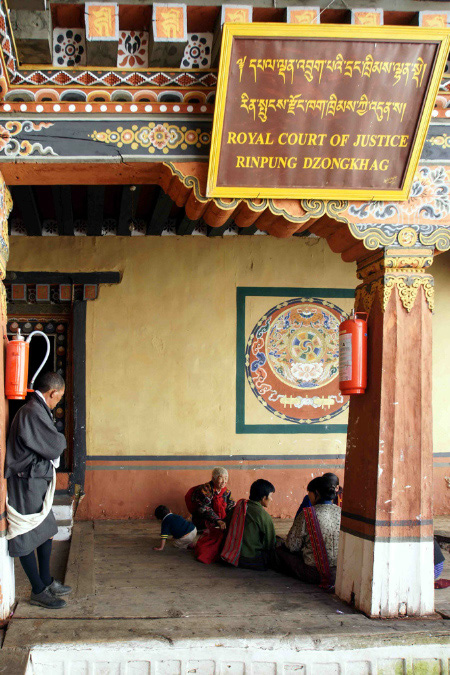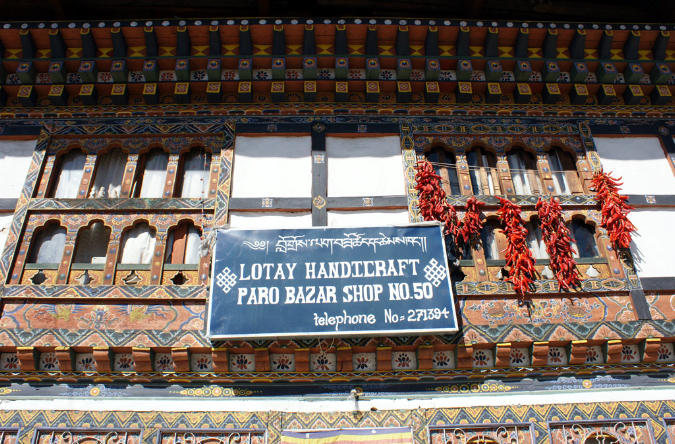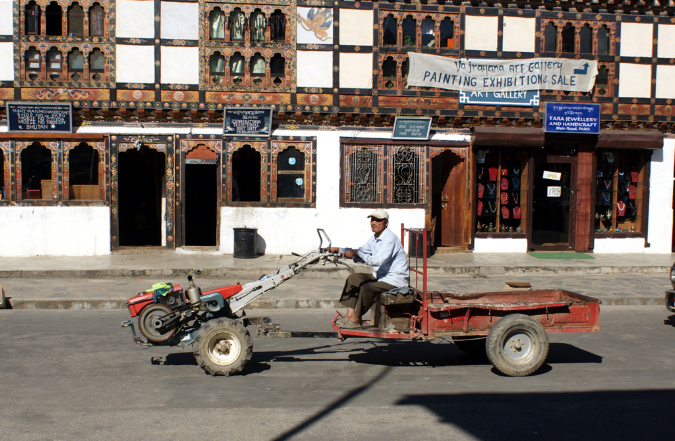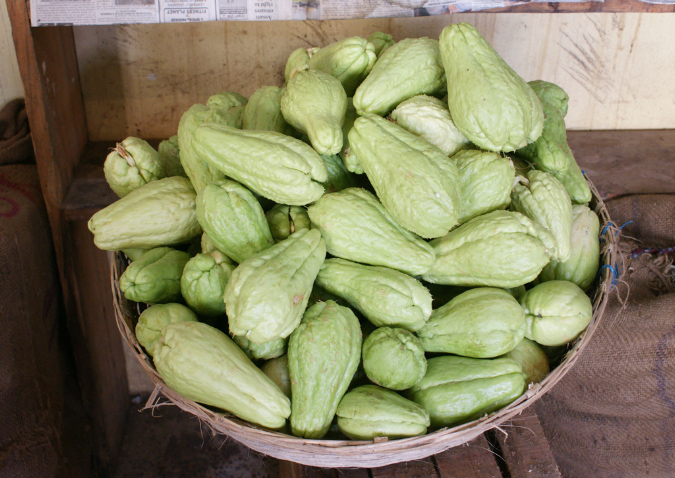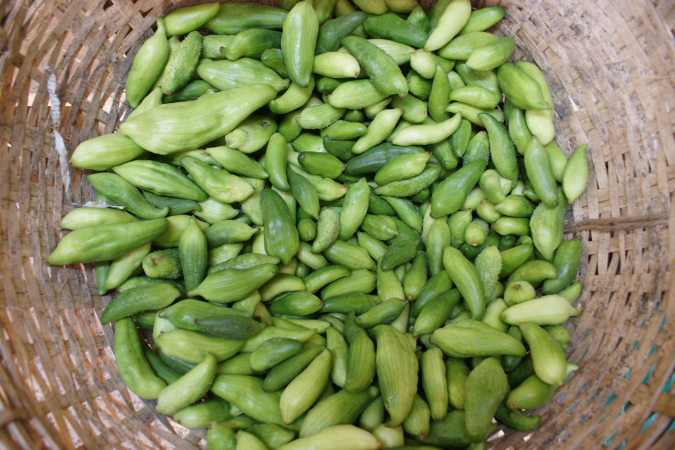|
Auszug aus der
Wikipedia
-------------------------------------------------------------------------------------------------------------------
Deities in Buddhism
Many Mahayanists, but
especially Vajrayana Buddhists, utilize images of buddhas and
bodhisattvas in their
practice. Tibetan
Buddhism especially, is famous for a highly developed iconography used
to express aspects of the existence of the Buddha and his teachings
(known as the Dharma) in scroll paintings called tangkas [sometimes
spelled thangkas.] Also, cast metal, wooden, clay, plaster, "resin,"
and stone images (Skt. rupa, form) are used on personal shrines, in
temples and in teaching centres.
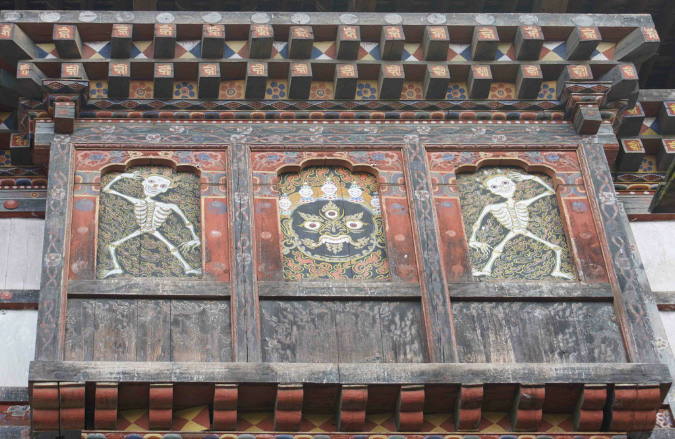
This article introduces
some of these figures, whose origins and qualities are derived from
Buddhist scripture and from the legends told about the efficacy of
their activity as a means and support for the enlightenment of all
sentient beings.
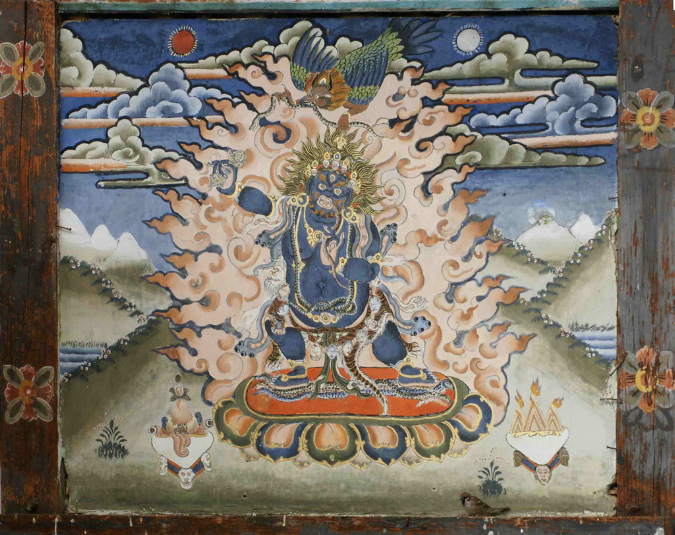
There is an introductory
page on female deities, one on the wrathful deities, and several pages
on individual deities, too.
Functions of a Deity
In Buddhism, the deities
perform different types of functions for the practitioner. They may be
a focus or aid to individual meditation and transformation, in which
case they are called yidams, or they may function as a protector of the
dharma and/or of an entire class of being. It is important to
understand that the precise meaning varies according to the view of a
particular school and/or lineage. In all cases, deities are understood
as means for liberation and the enlightenment of all.
For example, although a
female deity such as Ushnishavijaya is known as a bestower of longevity,
her purpose is not simply as a personal protector, but as a way to
liberate numberless individuals via the extended life of just one.
Why call them deities;
why not gods?
Although the word deity was originally a synonym for god, experience
has shown that some practices such as those performed by Buddhists
consist of a type of address in which the intent is rather different
from the usual ancient one. That is, the general intention is not to
propitiate; not to flatter, placate or enter into contracts.
There is another important difference between Buddhist deities and
mythological gods or goddesses. The latter are, or were once,
considered real -- described as motivated by jealousy, power and other
appetites and not very different from physical creatures such as
people. The deities of Buddhism are ultimately regarded as
manifestations of Emptiness. Some practitioners eventually
abandon deity devotion as a method for attaining an enlightened state
when it has outlived its utility.
In fact, Atisha is supposed to have remarked, "We Indians do the
practice of one thereby accomplishing all of them; you people do the
practices of so many, and so accomplish none!"
When deities are depicted in sexual union (called yab-yum or
father-mother) this symbolizes intimate union of another type -- that of
skill and compassion, or Means and Method, or Wisdom and Emptiness.
In
Buddhism,
devas are beings inhabiting certain happily placed worlds of
Buddhist cosmology. These beings are mortal (being part of
saṃsāra),
numerous, and are respected but not worshiped; it is also common for
Yidams to be called deities, although the nature of Yidams are
distinct from what is normally meant by the term.
The Buddhist
Madhyamaka argue strongly against the existence of a reificating
creator or essential being (such as
Brahman), yet Buddhists are not atheist or agnostic - due to these
terms being strongly tied to concepts of existence. Some
Prasangikas hold that even the conventional existence of an
essential being is a non-existent, whereas others consider that the
conventional existence of such a being is an existent.
Some modern Buddhists, especially in the west,
believe that deities exist in the same manner that elves or unicorns do
- as an archetypal consensual entity that serves a symbolic purpose in
the popular imagination.
Though this may seem a rather weak basis of existence
for some, as many Buddhists (such as the
Yogacara) deny any objective existence (of e.g. a chair), and many
more deny any sort of essential existence of phenomena at all, the
distinction between the existence and non-existence of consensual
entities is important to Buddhist philosophy.
|
